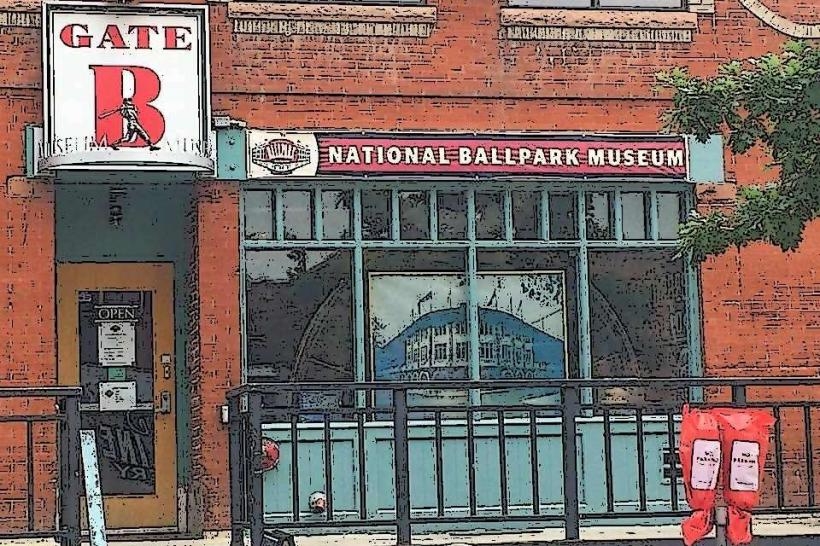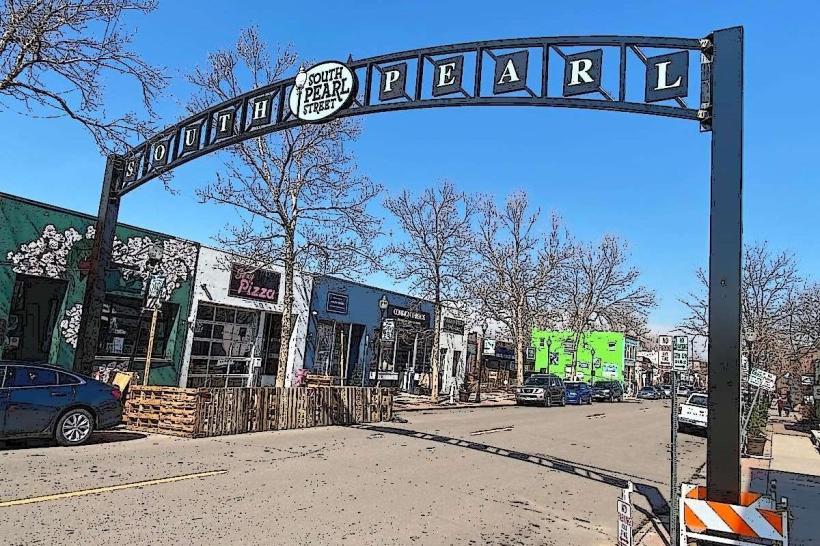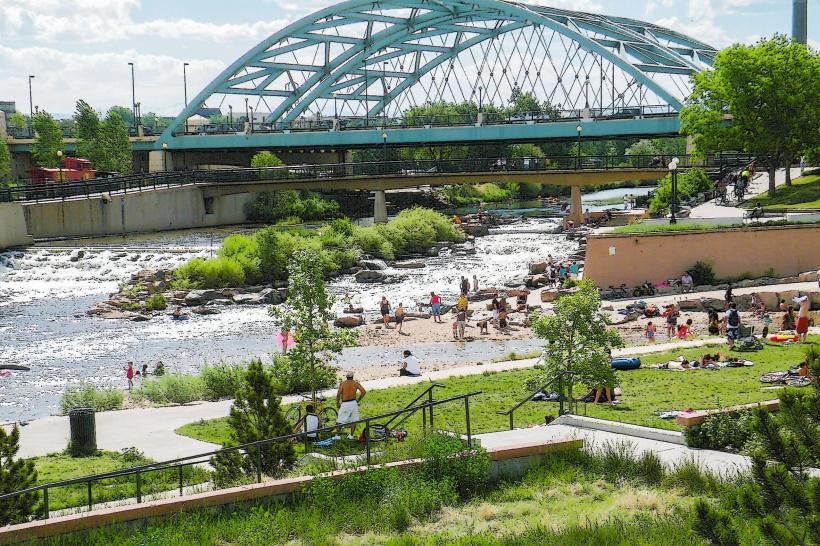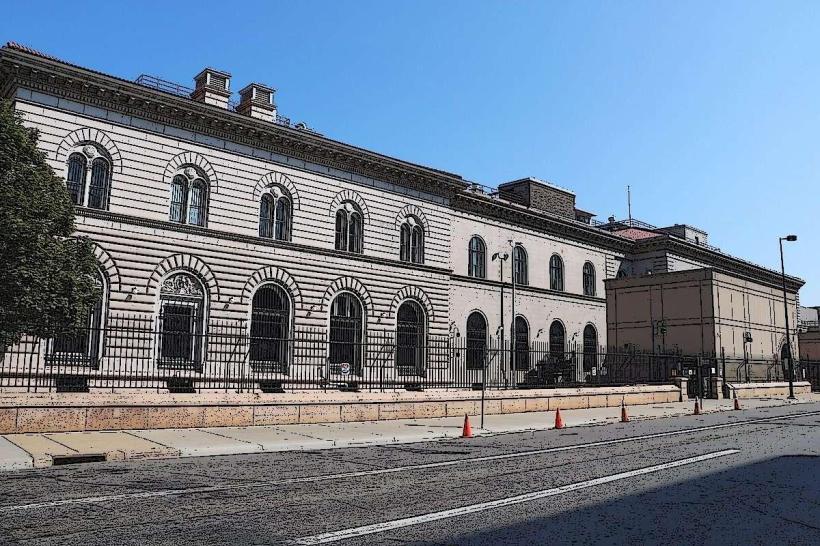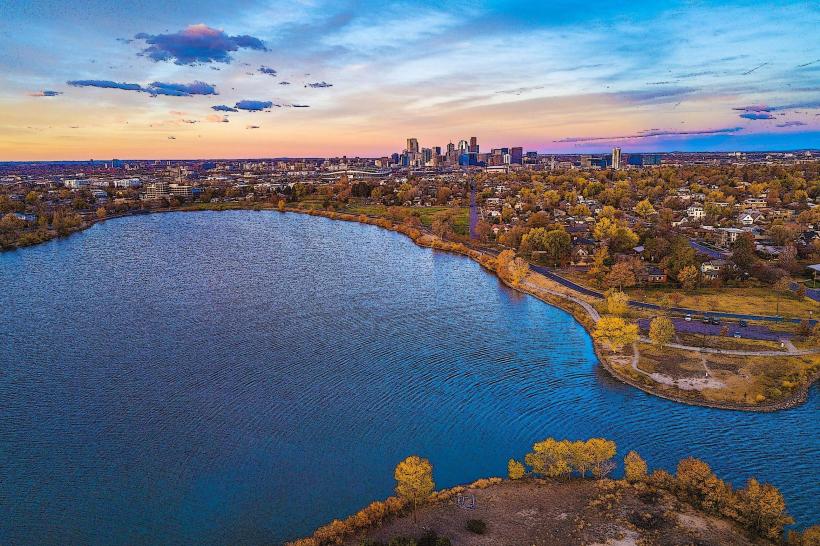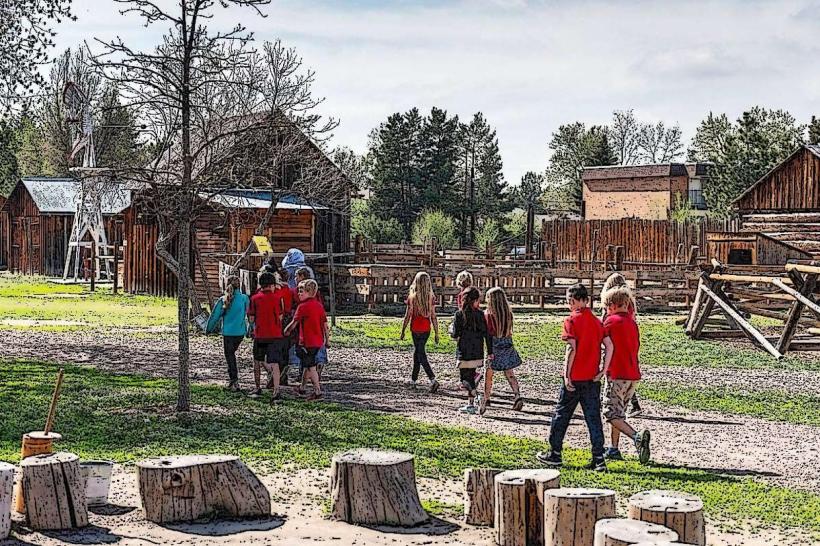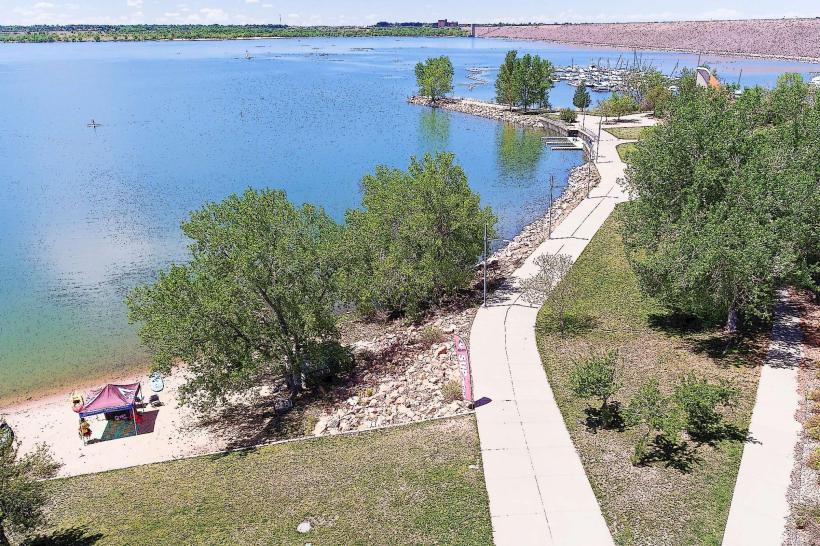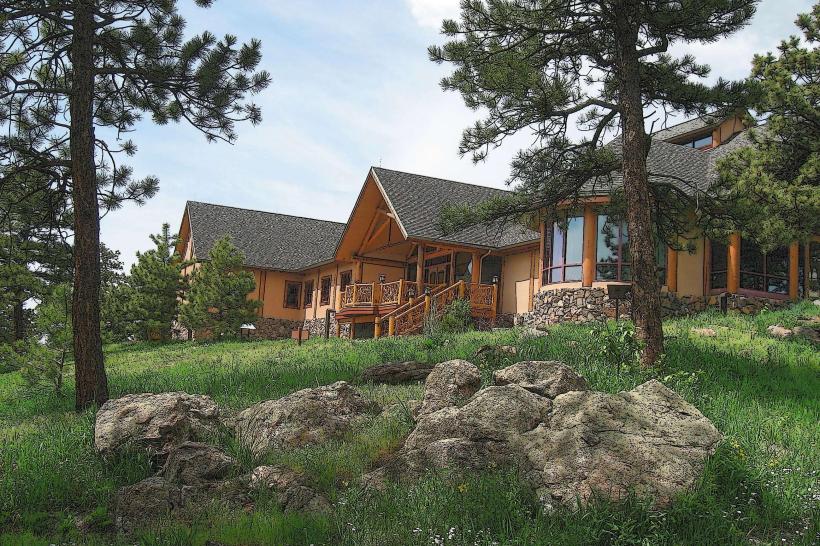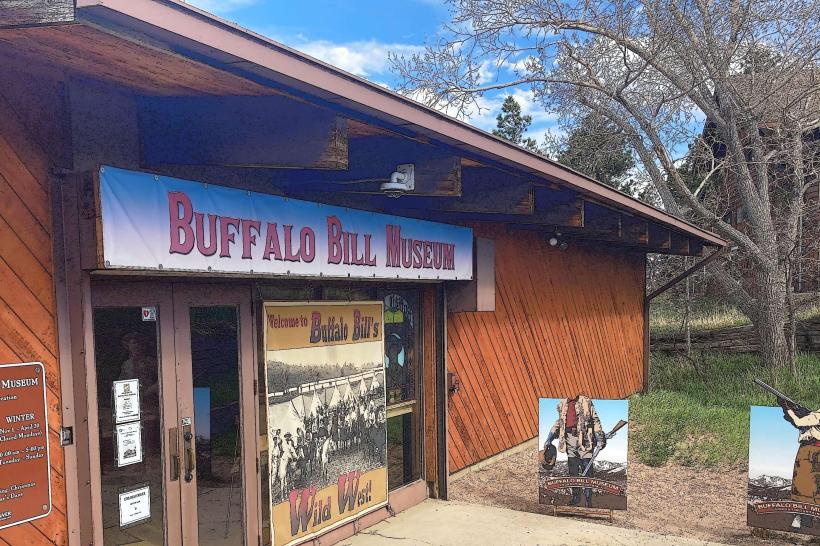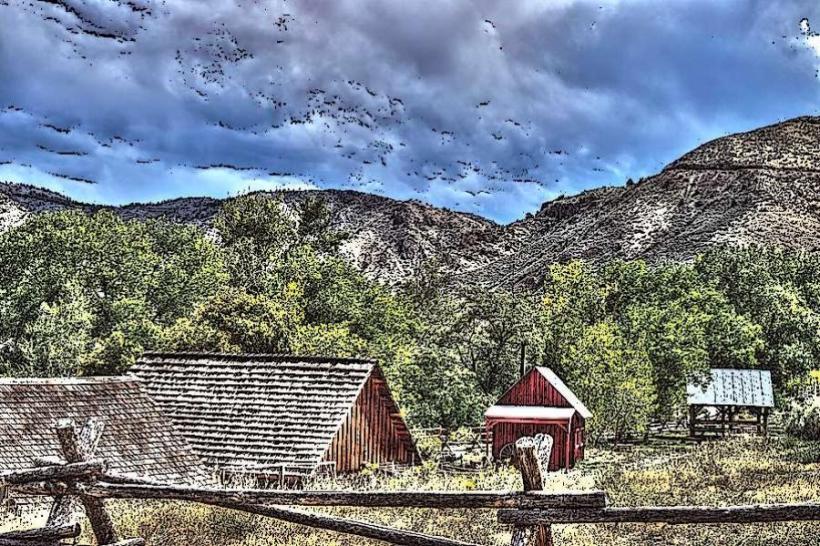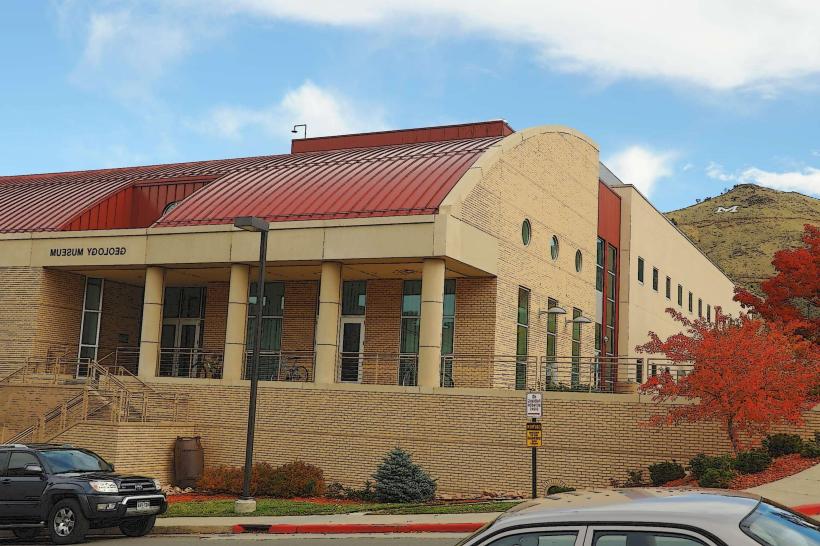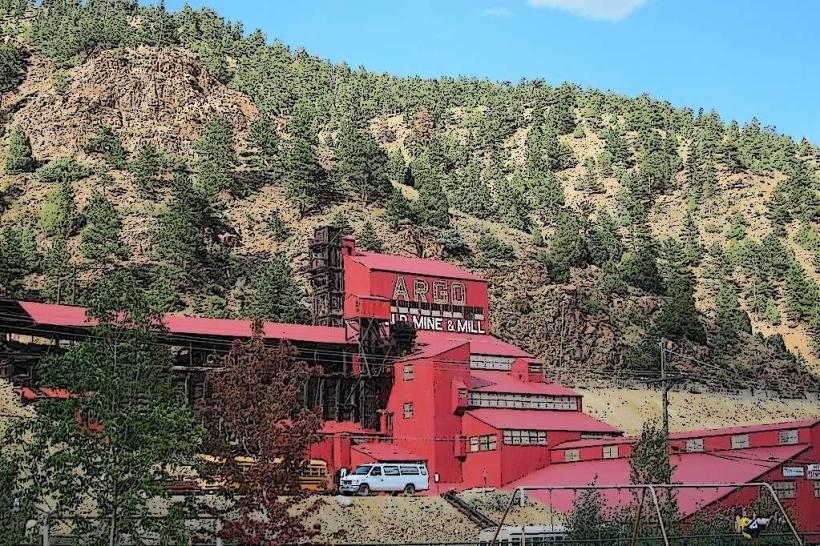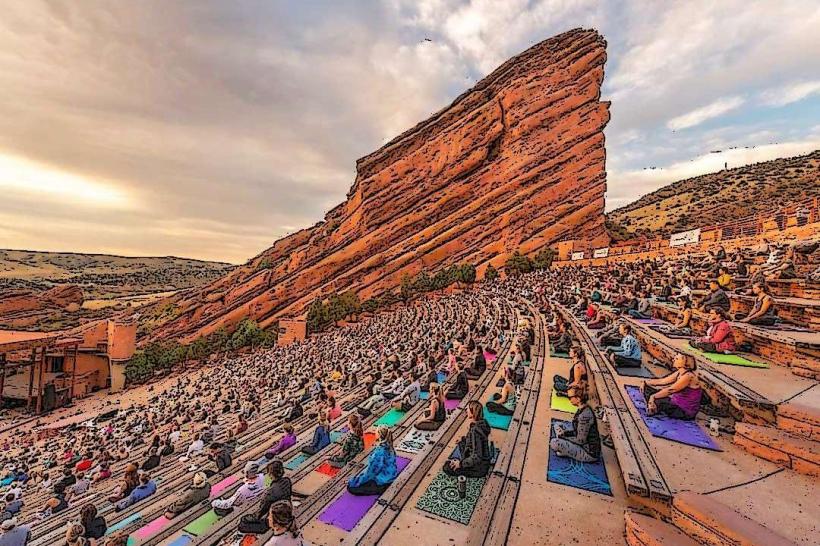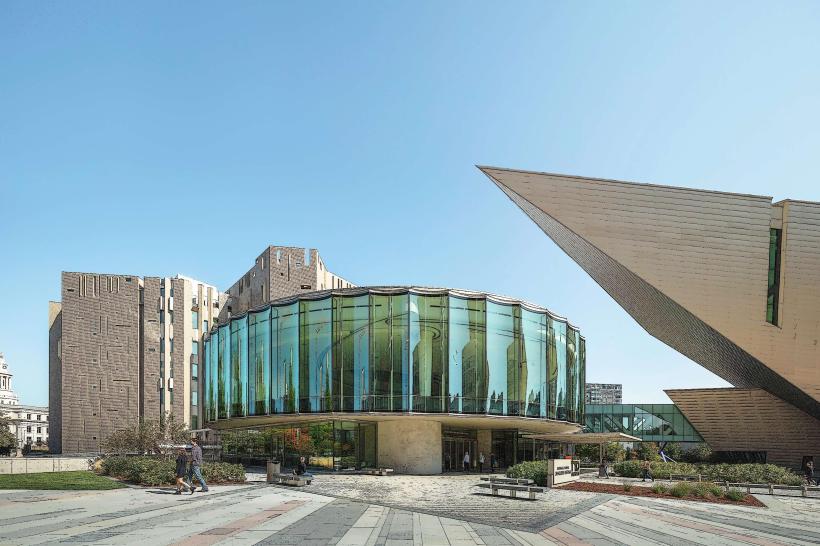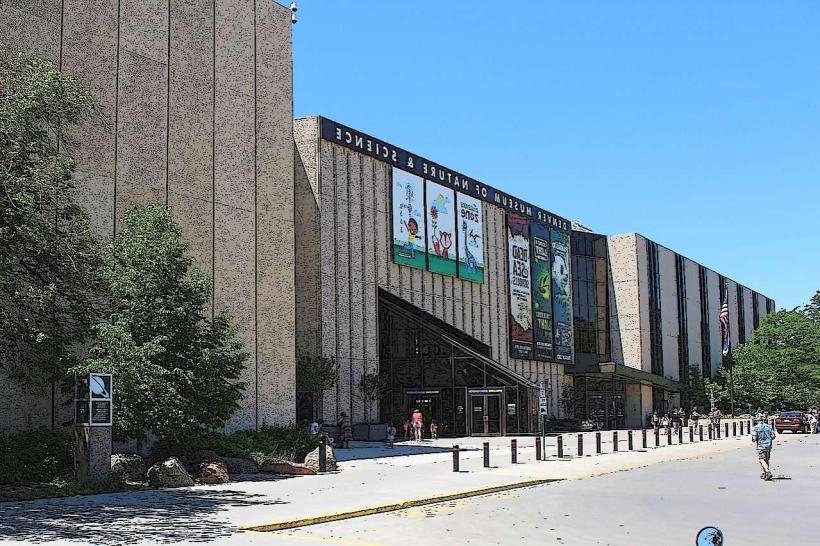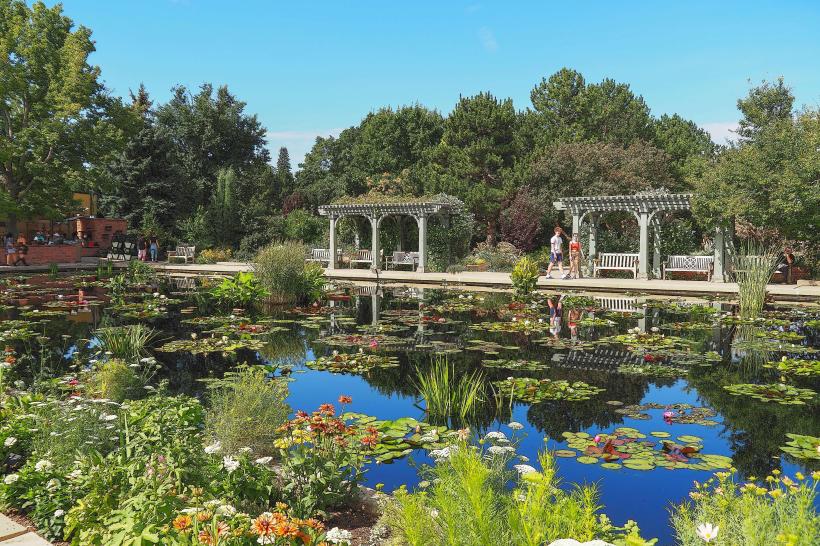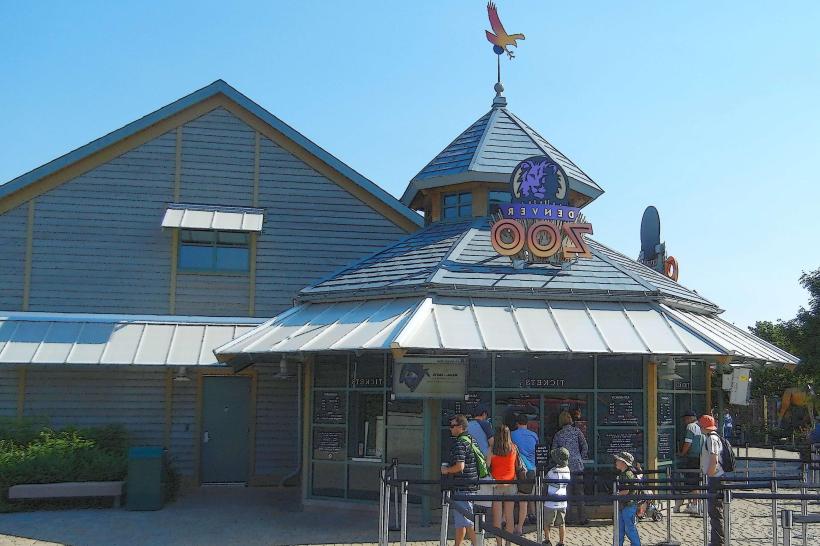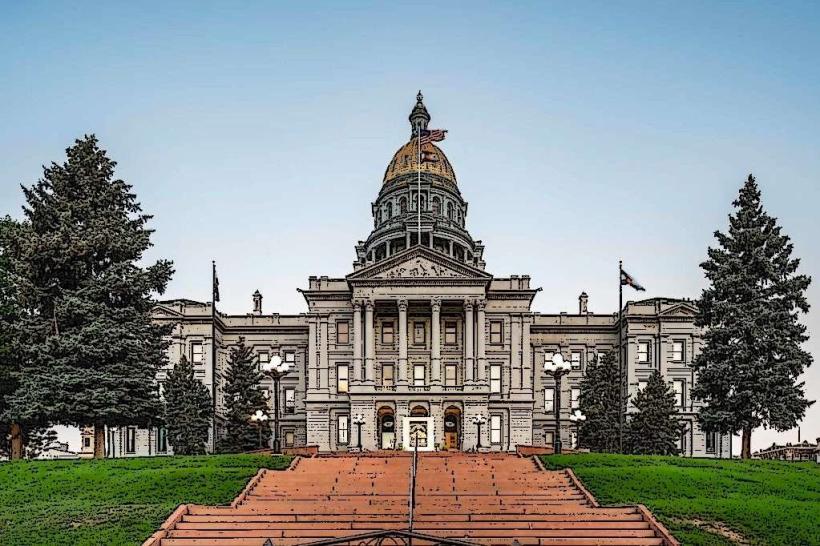Information
Landmark: Plains Conservation CenterCity: Denver
Country: USA Colorado
Continent: North America
Plains Conservation Center, Denver, USA Colorado, North America
Plains Conservation Center is a 1,100-acre preserved shortgrass prairie habitat and outdoor education facility located in Aurora, Colorado, at 21901 E. Hampden Avenue. It provides an immersive experience into the natural, cultural, and agricultural history of Colorado's Eastern Plains. The center serves as a living laboratory, museum, and heritage village-all surrounded by wide-open skies and panoramic views of the Rocky Mountains.
The center is co-managed by the City of Aurora and the Denver Botanic Gardens, with a shared mission: to preserve the native prairie ecosystem, promote conservation awareness, and educate the public on the human and ecological history of the region.
Natural Landscape and Ecosystem
The land encompasses authentic shortgrass prairie, one of the most endangered ecosystems in North America. This landscape once covered millions of acres stretching from eastern Colorado into Kansas, Nebraska, and beyond. The center protects a large intact piece of this ecosystem, including native grasses such as:
Blue grama
Buffalograss
Western wheatgrass
Yucca and rabbitbrush
The region is also home to a wide variety of wildlife, including:
Pronghorn antelope
Coyotes
Black-tailed prairie dogs
Red-tailed hawks
Western meadowlarks
Burrowing owls
Bald eagles (during migration)
Because of its relatively undisturbed state, the Plains Conservation Center serves as a critical refuge for grassland-dependent species, making it a prime spot for birdwatching, nature photography, and quiet observation.
Historic and Cultural Components
One of the most distinctive features of the center is its replica 1800s homestead and Native American camp, providing a side-by-side view of two vastly different but overlapping cultural experiences from the Colorado frontier.
Pioneer Homestead Village
Features reconstructed buildings that portray life for Euro-American settlers in the 1800s, including:
Sod house (soddy) – Built from soil and grass, typical of early prairie homes.
One-room schoolhouse – Complete with desks, slates, and a teacher's lectern.
Blacksmith shop
Chicken coop and barn
Vegetable and herb garden using heirloom cultivars from the 19th century.
Interpreters often wear period clothing during scheduled tours and events, explaining the day-to-day challenges of homesteading in a dry and windy environment with limited resources.
Cheyenne Tipi Village
Reflects the nomadic lifestyle of the Cheyenne and Arapaho, the Indigenous peoples who lived on the plains before and during the early settlement era.
Features:
Authentic-style tipis
Interpretive signage about food, family structures, tools, clothing, and seasonal movements
Comparisons between Indigenous and settler ways of life
Educational programming explores land use, cultural survival, and environmental adaptation from the Cheyenne perspective.
Trails and Outdoor Exploration
Visitors can access approximately 14 miles of trails winding through grasslands, dry creek beds, and historical features. These trails are open for hiking and nature walking only-no pets, bikes, or horseback riding are allowed to protect the fragile ecosystem.
There are both self-guided options and ranger-led tours. Along the way, interpretive signs highlight:
Prairie plant identification
Geological formations
Animal tracks and burrows
Cultural context for the buildings and structures
Benches and shaded areas are located throughout for rest and quiet observation.
Educational Programs and Events
The Plains Conservation Center is deeply focused on experiential, hands-on education, especially for families and school groups. Programs are designed to integrate Colorado state curriculum with practical, outdoor learning.
Public Programs
Family workshops such as:
People of the Plains: explore the daily life of Cheyenne and settlers.
Prairie Ecology: teaches soil, wildlife, and water cycles through hands-on activity.
Earth Day celebrations, Prairie Harvest events, and Star Parties with astronomy groups occur seasonally.
School Field Trips and Homeschool Programs
Students engage in wagon rides, pioneer chores, prairie wildlife identification, and historical role play.
Customizable educational units for K–12 include:
Plant and animal adaptations
Soil science
Westward expansion
Water conservation
Volunteer and Youth Programs
Conservation projects for older students and scouts
Garden maintenance with Master Gardeners
Wildlife monitoring and citizen science activities
Demonstration Garden and Agriculture
In partnership with CSU Extension and Master Gardeners of Arapahoe County, the center operates a half-acre heirloom demonstration garden, growing crops such as:
Beans, onions, tomatoes
Amaranth, corn, squash
Medicinal and culinary herbs
This garden follows no-till, organic, and water-wise practices, teaching sustainable agriculture principles and donating fresh produce to local food banks. Visitors are welcome to explore the garden during open hours.
Composting, rainwater collection, and natural pest control methods are showcased throughout.
Visitor Amenities and Information
Visitor Center
Modern building with exhibits, classrooms, restrooms, and gift shop
Contains dioramas, interpretive displays, and rotating nature exhibits
Open Wednesday–Friday (12:00 PM–4:30 PM)
Saturday–Sunday (9:00 AM–4:30 PM)
Closed on Mondays and major holidays
Accessibility
Buildings and paths around the homestead and visitor center are wheelchair-accessible
Interpretive signage includes visual and tactile components
Admission
Self-guided visits are free; no reservation needed for trails
Workshops and guided programs have fees (typically $10–$15 per person)
Wagon rides, festivals, and group events require registration in advance
Rules
No pets, bicycles, drones, or smoking
Stay on marked trails to protect wildlife and plants
Respect cultural areas and artifacts
Why Visit
Plains Conservation Center is a hidden gem that offers a rare window into Colorado's prairie past, both ecologically and culturally. It’s ideal for:
Nature lovers who want to walk through unspoiled grassland
Families looking for meaningful outdoor education
Educators seeking place-based learning experiences
Anyone curious about pioneer history, Native American life, and conservation
The combination of wide-open landscape, living history exhibits, and wildlife-rich trails makes this destination deeply immersive and educational. It offers peace, perspective, and insight just minutes away from the city.

